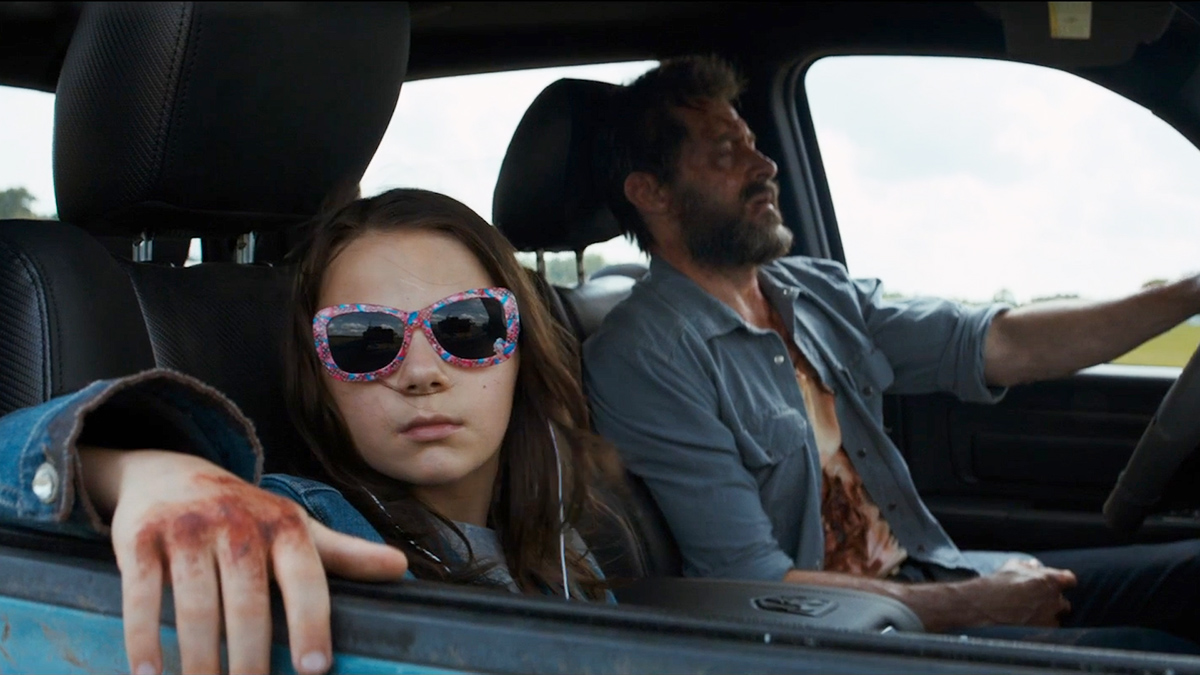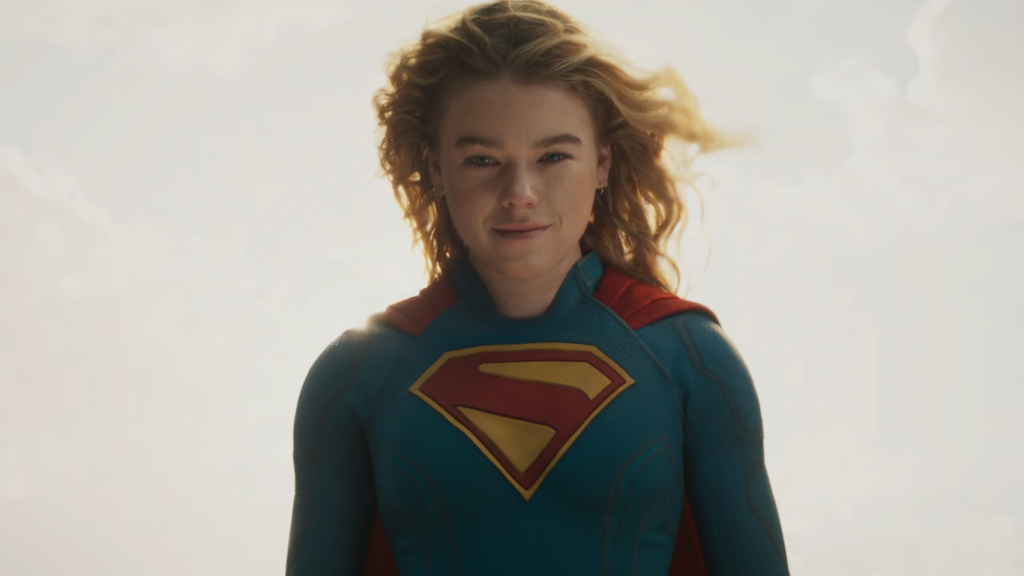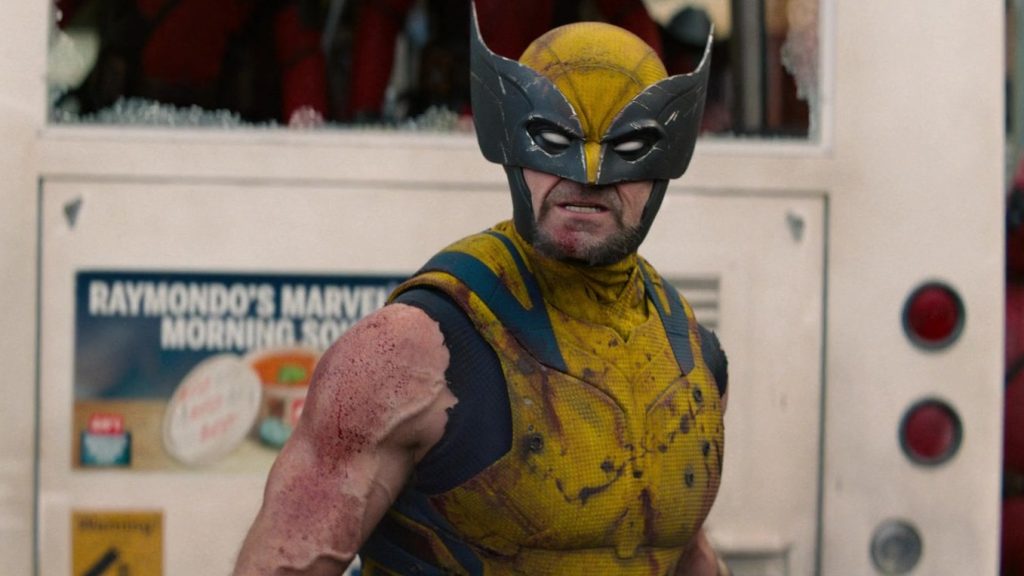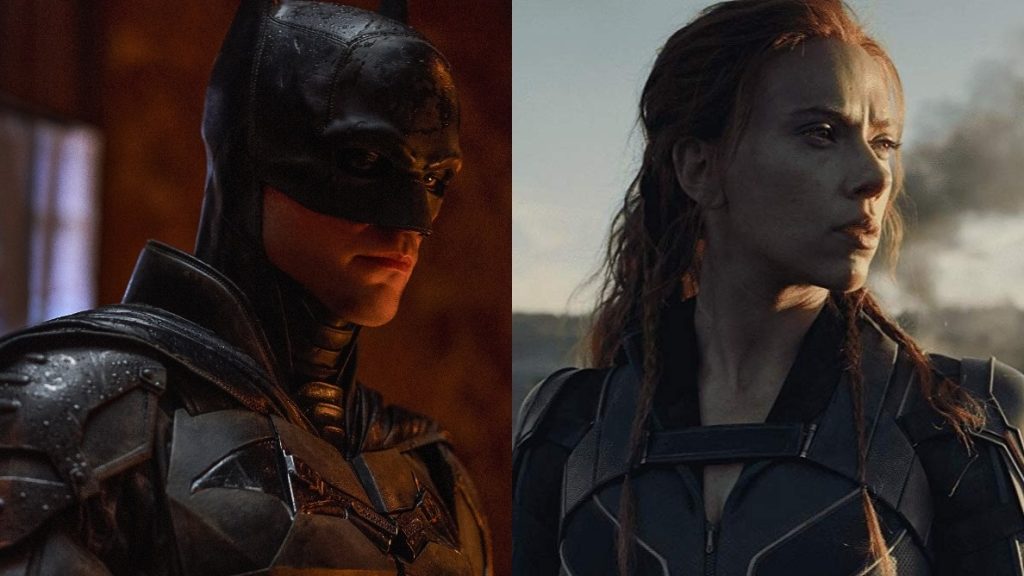In less than three weeks, Hugh Jackman's Logan has managed to gross $524 million worldwide, almost as much as X-Men: Apocalypse managed in its entire run. So Wolverine's last big-screen outing has exceeded all expectations, and it isn't showing too many signs of slowing down at the US box office.
We figure that Wolverine fans in particular, and comic book movie fans in general, have seen the flick by now. But here’s a spoiler warning, just in case: This list will touch upon Logan’s most exciting Easter Eggs, as well as X-Men comic book movie universe connections. So consider yourself warned!
This being said, we'll skip the Deadpool teaser seen at the film’s beginning, since it isn't actually part of the movie (even if it can be said that it contains some hints as to who could end up playing Cable).
The sword on the wall
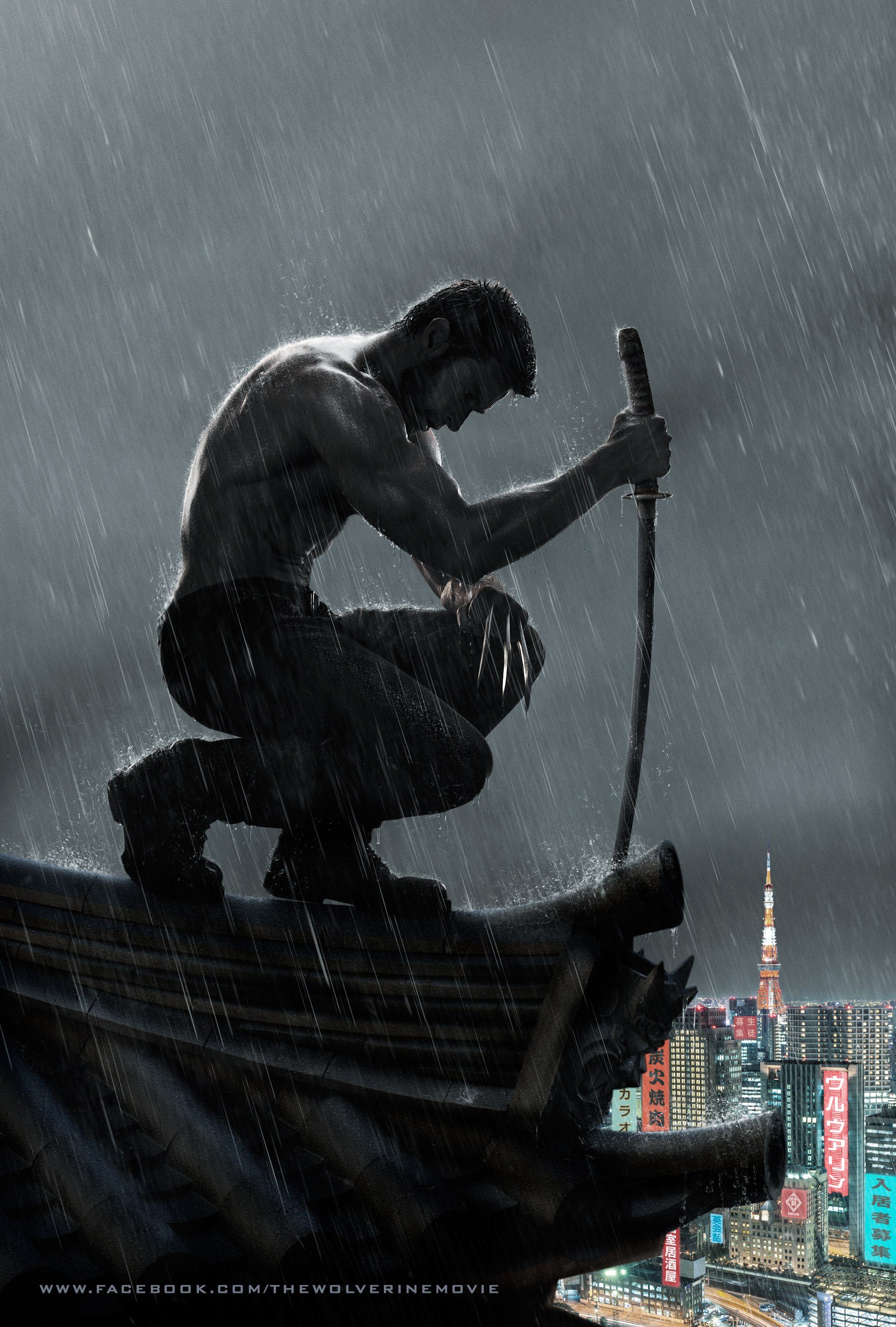
To say that the X-Men Shared Universe timeline is completely screwed really isn’t saying anything - and Logan made it even worse. But, as it turned out, disregarding previous events turned out to be a good choice on the part of James Mangold.
In the comics, one of Wolverine's defining traits is his connection with Japan - after all, it can be said that his code of honor and conduct have been shaped by his experiences in that country. Although it was a rather unsatisfying attempt, James Mangold finally explored this aspect of Logan's history in 2013’s The Wolverine.
There’s a connection here in Logan, which makes said timeline even weirder (especially since Days of Future Past erased the events of The Wolverine): Logan has a katana on his bedroom wall, which signals that his connection with Japan is still there.
So no matter how Fox decides to mess with the character's history, Japanese culture will also play a major role in Logan's history.
Caliban
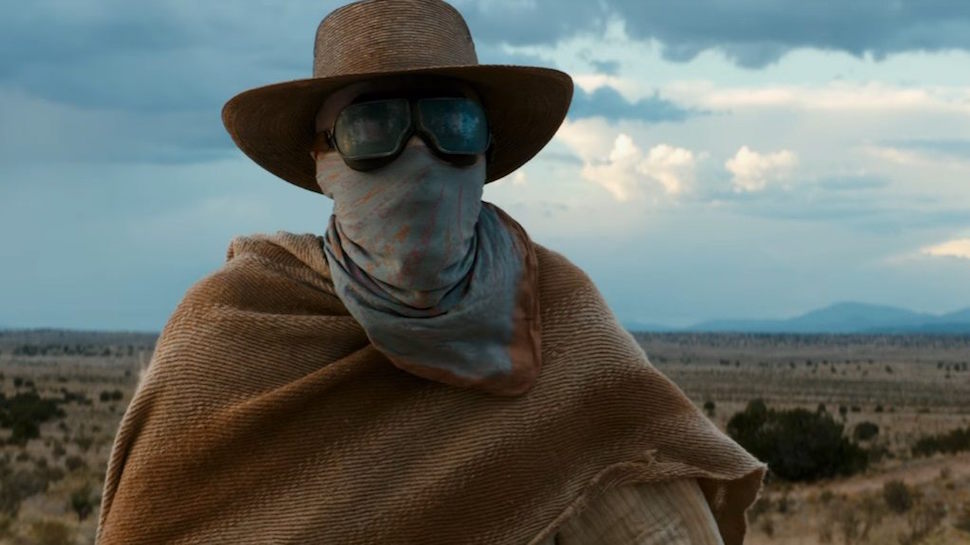
Of course, we know that Caliban is actually one of the good guys in Logan. However, if we look back at last year's X-Men: Apocalypse, the same character was a douche who only followed his own goals, and his ability to track other mutants made him quite successful.
When did this change in the X-Men Comic Book Movie Universe timeline happen? The answer is baffling, to say the least.
As it turned out, James Mangold wrote the script for Logan without consulting with studio execs. So he had no idea that Caliban would be a featured character in X-Men: Apocalypse. From this point of view, we can now fully understand why the X-Men Shared Universe is such a mess.
However, the character's arc in the movies does follow (even if just for a bit) the comic book arc, in which Caliban started as a Morlock and ended by sacrificing himself in order to save a fellow X-Force member.
The comic books
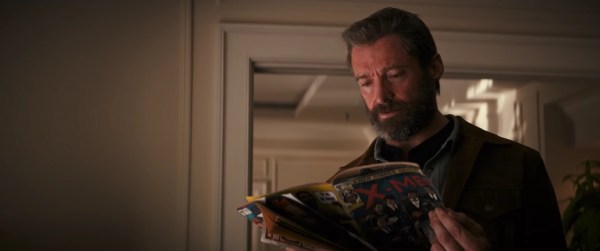
You must have heard by now that the X-Men comic book seen in the movie was printed especially for the film. So this can’t been seen as a break in the fourth wall, as some might have believed when the scene was featured in the trailers.
However, revealing the X-Men comic books in Laura's backpack indicates that the mutants were once legendary figures in their cinematic world. This can be traced back to the events of Days of Future Past, in which Mystique saved the President of the United States (sure, she saved him from an evil mutant, but that doesn't really matter).
The comic books in Logan are actually a testament to what the mutants meant to the world - and, of course, what they became. And because the events have been embellished (or, in other words, altered), it is also revealed that they haven't been in the spotlight for quite a while.
And this brings us to the core of Logan's story: No more mutants (a nod at another X-Men comic book story line).
Oh"¦and there’s also a Wolverine doll"¦
The cure

X-Men: Last Stand, which is considered one of the worst X-Men movies to date, tried to present a number of stories in just a couple of hours. One of them concerns the so-called cure for mutant genes, which was actually a plot point from the Astonishing X-Men.
The same plot point can be traced to Logan as well, although with a twist. We already knew that Mister Sinister, although not present in the film, would influence its events. And we now know that Dr. Zander Rice was responsible for creating and disseminating a cure with the help of genetically modified corn-syrup, effectively stopping the appearance of new mutants.
It can also be said that, in this case, Laura Kinney and the other test subjects were, in fact, like the comics’ Hope Summers. In the comics, after the House of M events, Hope’s birth meant a new age for the X-Men and all of the other mutants.
So it can be said that Laura Kinney represents the hope for a brighter (or, in this case, darker and R-rated, as we hoped) future for the X-Men.
X-24

Where did this come from? Frankly, we guess nobody expected that Wolverine would face himself in his final outing in the X-Men shared universe. But it happened! While some say that James Mangold's choice was not the best, we believe that it couldn't have been better. After all, Wolverine fighting against himself is the perfect expression of the character's inner turmoil.
In the comics, X-24 is mentioned just once. As you might expect, he’s mentioned in connection with X-23, who was supposed to be just the beginning (in the comics). Other clones (from 24 to 50) were being prepared, but X-23 escapes and kills them.
Again, we say that it’s fortunate that Mangold decided on this carefully hidden twist. Sure, bringing back Liev Schreiber's Sabretooth would have been awesome"¦
Speaking of which, X-24 does mirror (at least partially) Sabretooth from X-Men Origins: Wolverine. And since we’re talking about the worst X-Men movie ever"¦
Cloning and sampling
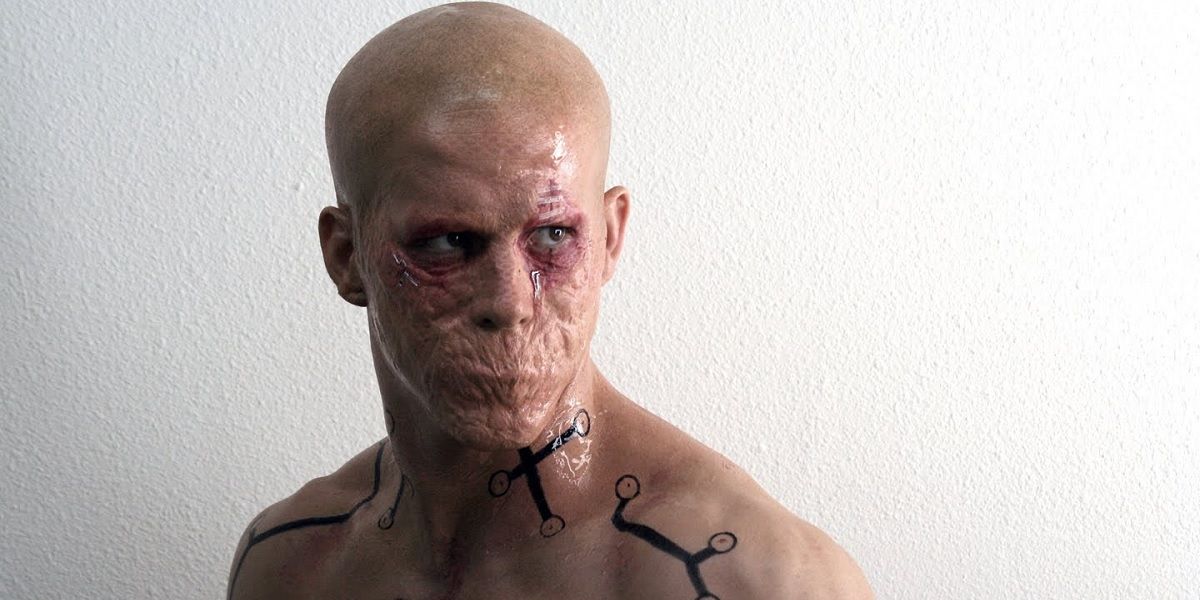
The X-Men universe is no stranger to cloning and sampling technologies. In Logan, Zander Rice is directly responsible for the creation of X-24. This is a direct link to Wolverine’s cameo and the credits scene during which his blood is collected in X-Men: Apocalypse.
But this also happened in X-Men Origins: Wolverine, in which Fox basically ruined Deadpool, gave him the craziest superpowers, and sewed his mouth shut.
Furthermore, the future Sentinels from X-Men: Days of Future Past are highly adaptable to any kind of mutant powers. And that is because, in some unknown way, the DNA of Mystique and Rogue was replicated and fused together.
So there is a kind of continuity between Logan and other X-Men films. However, if one connection is found, two discrepancies appear.
Mutants or weapons
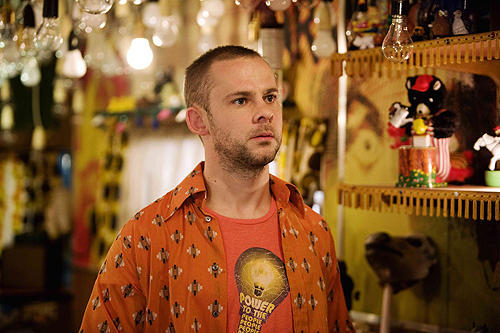
Here is another interesting connection to the X-Men Origins: Wolverine flick. This time, it’s another secondary character, Dominic Monaghan's Chris Bradley/Bolt. In that movie, the character was able to control electricity. Sabretooth killed him almost as soon as the movie actually kicked in.
Zander Rice performed various experiments on Wolverine's blood, and this resulted in the creation of X-23 and X-24. However, it appeared that Rice played with DNA from other mutants as well. Nearly all of the fans agree that one of his subjects from Logan has electricity-related powers, as Monaghan's X-Men Origins: Wolverine character did.
Logan features another test subject who is also found in the comics. Apparently one of the very first, Rictor (portrayed by Jason Genao) has been a part of various mutant teams, including X-Force and New Mutants. And this has prompted many fans to believe that he will return on the big screen (either in the planned New Mutants or in X-Force, of course).
Wolverine's healing factor
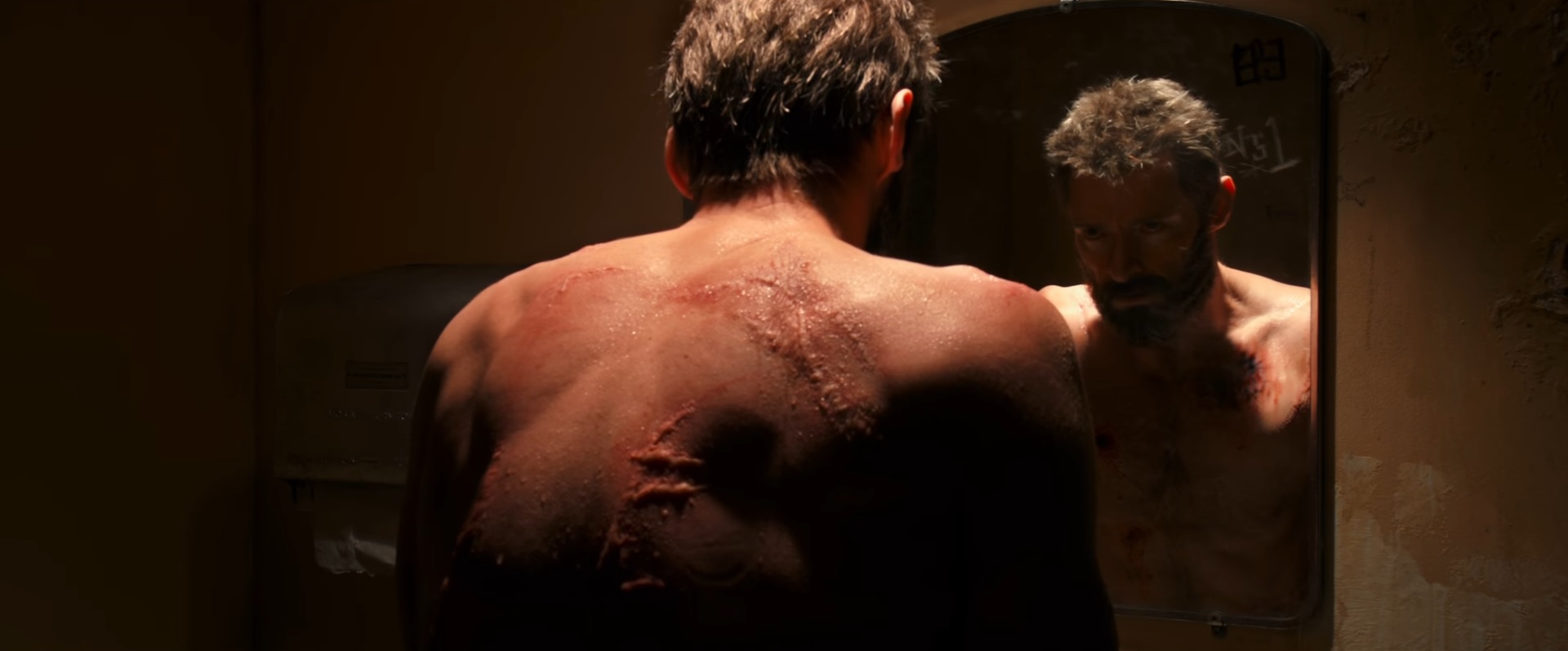
How do you stop someone who seems able to heal any and all wounds? It's simple - you remove his ability to heal. This has played an important part in various X-Men storylines, including 2013's The Wolverine. James Mangold opted to use this trick again, this time to much better effect.
That’s because Logan addressed other issues that accompanied the failing healing factor - how could the body withstand adamantium poisoning? Furthermore, how could Logan use his claws without becoming infected each time he unsheathed them?
So his death at the end of the movie made sense. Yeah, he did survive an atomic blast. But his healing factor was failing him, so being impaled by a tree was all it took.
Zander Rice

When the news first broke that Richard E. Grant would appear in Logan, everybody believed that he would play Mister Sinister, one of many villains not mentioned so far in the X-Men franchise. As it turned out, the actor would portray a different character: Dr. Zander Rice, who was X-23’s creator.
Like all of the comic book mad scientists, Rice is also pretty brutal and lacking in morals.
However, there is another secret connection between Rice and Wolverine, one that wasn't explored in Logan until the very end. And this connection is that Zander Rice's father worked on the Weapon X program that produced Wolverine.
As we saw in the X-Men: Apocalypse cameo, Logan spared nobody in his rage when he escaped the program. So, for Zander Rice, the experiments on mutants were actually a personal vendetta. We don't know about you, but this little detail (pulled from the comics, of course) gave the character even more depth.
Old Man Logan

So what was with Hugh Jackman when he teased the Old Man Logan storyline at Comic Con a couple of years ago? While quite a few fans were delighted at the possibility of an adaptation (even if it would lack all of the characters Fox doesn't own), many said that it would be a nail in the coffin for Hugh Jackman's signature role.
As it turned out, Logan borrowed just a couple of things from that storyline, and it worked for the better. There were no villains taking over the world, Wolverine didn't kill his teammates, and (most importantly) the hero didn't survive in the end.
However, Logan did trek across the country, and he did help someone, and we can be certain that the movie’s tone resembled that of the book.
Evidently, Logan was indeed old in this movie. But, unlike in the comics, this came with quite a few side effects, mostly concerning his healing factor. And there’s one more thing"¦
Westerns
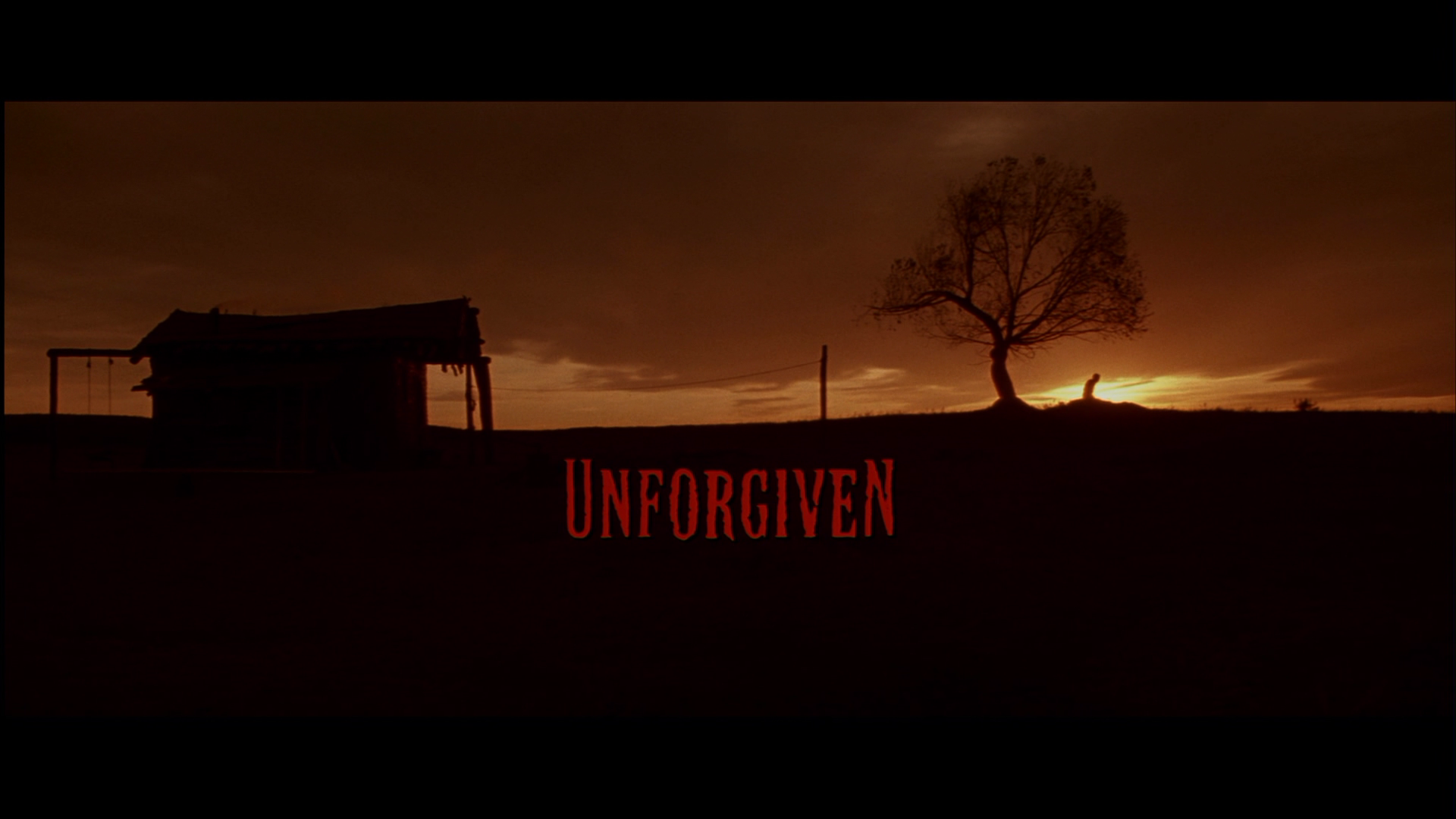
There is also this: If you say Old Man Logan, you also say western. Of course, Logan is a western. The western Shane pops up throughout the movie, most notably when Wolverine, Professor X, and Laura spend a couple of hours hiding in a casino hotel. The scene is all about the impossibility of leaving a certain type of life.
Of course, it’s also about a life without a happy ending.
It’s certainly the story of an aging hero who’s trying to escape his old habits, reminding us of Clint Eastwood's Unforgiven, another western masterpiece. Also like Unforgiven, Logan packs quite an emotional punch.

Other movies are also referenced. For example, the epic poster pictured above mirrors one from Schindler's List. It can’t be said that James Mangold didn't do his homework. Logan ended up being a masterpiece in its own right.
Adamantium bullet
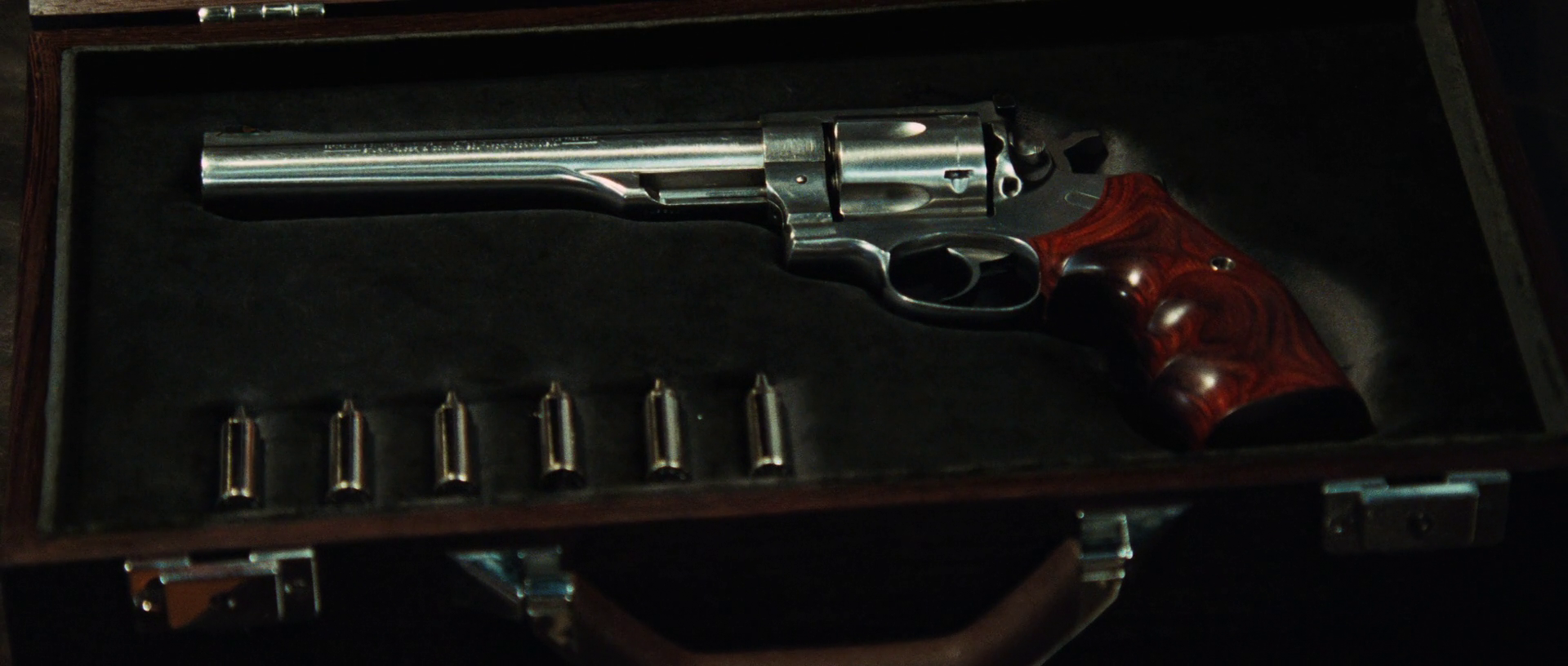
Can a mutant like Logan die from something like a bullet, even if the bullet is made from adamantium? We thought so, even though, in this case, we’re talking about X-24, who is just a clone of Wolverine. This is yet another reference to X-Men Origins: Wolverine.
At the end of that (atrocious) movie, William Stryker (Danny Huston) shoots Wolverine in the head with an adamantium bullet. And he doesn't die; he just loses his memory.
Who’s to say that X-24 is dead? Maybe he’ll lose his memory too, and maybe he will become the Wolverine. We know, this sounds far-fetched, but it’s a possibility.
In the comics, this type of projectile was often used against Logan. In fact, baddies such as White Ghost and Underworld specialized in using them. However, thanks to his healing factor, Wolverine recovered every time he was shot.
Professor X's powers unleashed
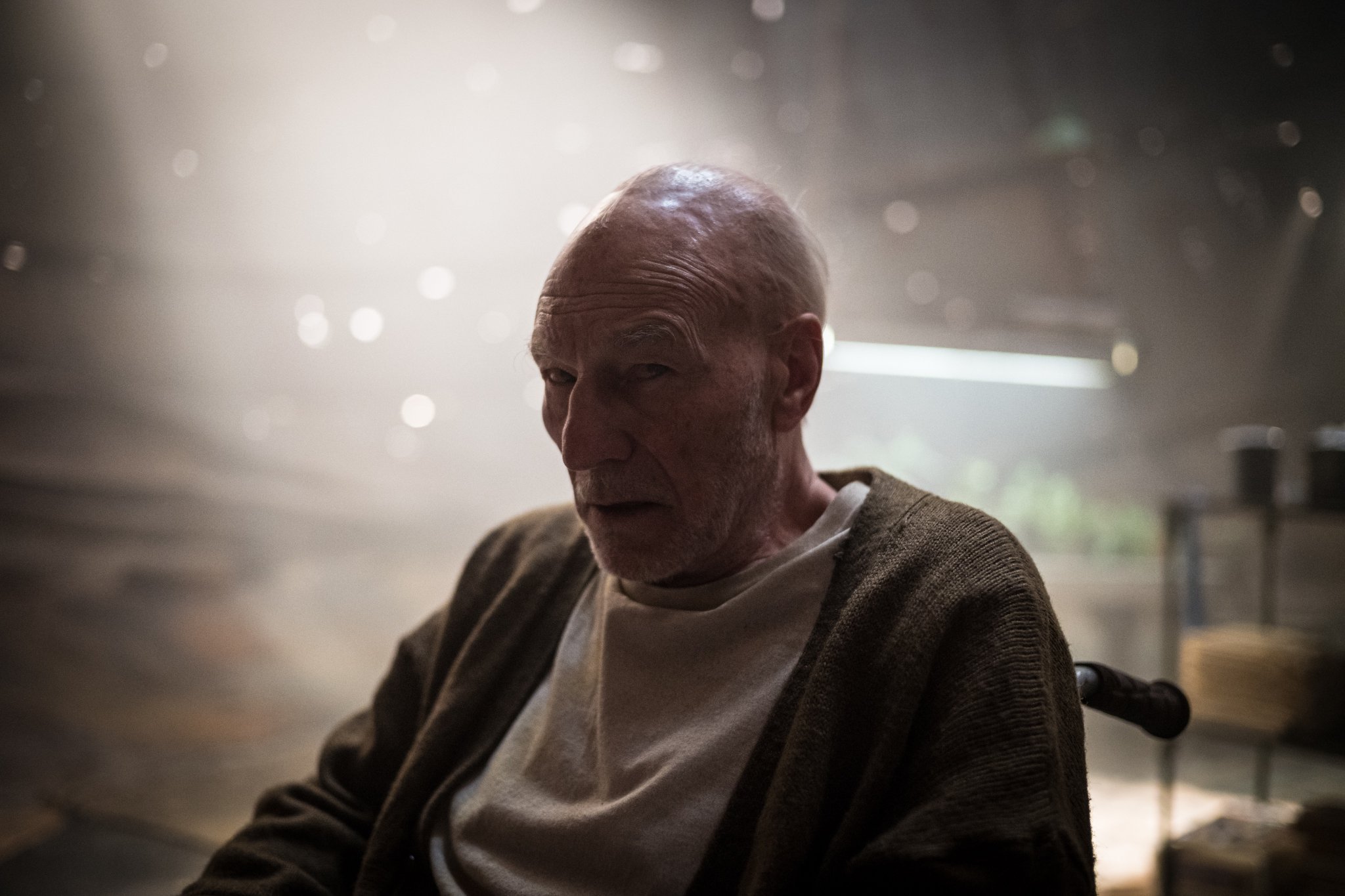
The disappearance of the X-Men was one of the central points in Old Man Logan, and it was the reason he refused to unsheathe his claws. The story line revealed that Wolverine took the blame. Tricked by Mysterio, Logan attacked his fellow mutants and killed all of them.
So James Mangold adapted this comic book core event, but with a twist. Naturally, Marvel and Disney own Mysterio, so he couldn't touch it. Fortunately, someone other than Wolverine could have done the deed, someone with even more power than Mysterio.

In X2, a precedent was set when Stryker (this time portrayed by Bryan Cox) manipulated Professor X into killing all of the mutants, a plan that was ultimately brought to a halt. However, it demonstrated that Professor X could kill everybody on Earth with a simple thought.
The trick was there to be used. So Professor X's seizures came to be. It isn't explicitly revealed in Logan, but we know he caused the extinction of the X-Men. Later on, we know that he knows it, despite his mental illness. And this makes it even more heartbreaking. We can't figure out why some moviegoers hated Patrick Stewart's Xavier arc from this movie.
The foreshadowing
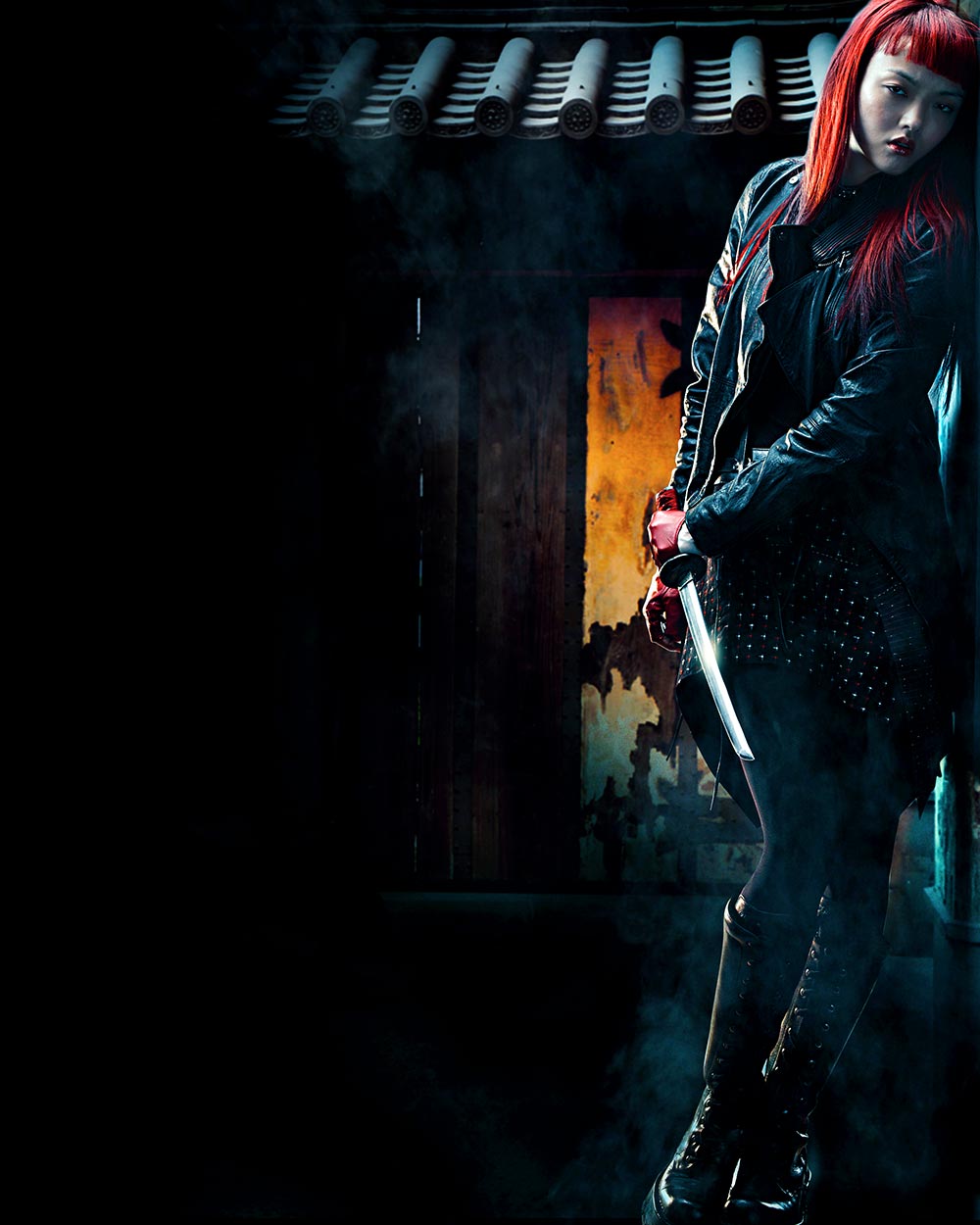
This is one of the coolest connections to previous X-Men movies, simply because the foreshadowing was apparently resolved. In 2013's The Wolverine, Yukio (Rila Fukushima) revealed how Logan would die:
I see you on your back, there's blood everywhere. You're holding your own heart in your hand. It's not beating. (IMDB)
A later scene showed Wolverine performing surgery on himself to remove a parasite from his own heart.
However, this prophecy also had a parallel in Logan. And we might add that it was a beautiful and heart-breaking parallel. When Logan died, he was lying on his back, covered in blood, and holding the hand of his daughter, Laura. It can’t get more heartbreaking than that.
And, of course, James Mangold later revealed that this was the foreshadowing.
The Last of Us
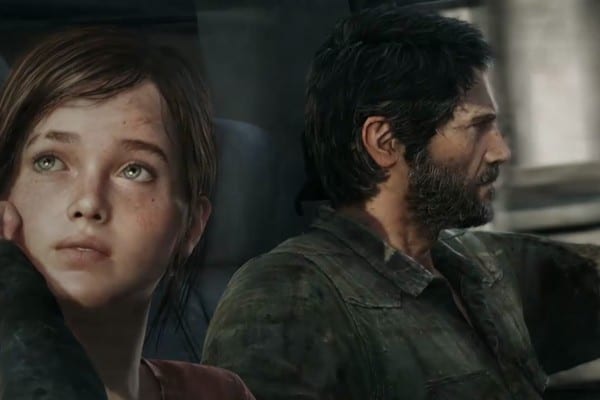
Lastly, this isn't exactly an Easter-Egg, and it has no connection to the X-Men universe. However, Logan might be the best adaptation of Naughty Dog's The Last of Us.
A bearded man travels the country in a post-apocalyptic future (and 2029 is post-apocalyptic enough for mutantkind), in order to bring a girl (who he sees as his daughter) to a safe heaven.
Actually, looking at video game movie adaptations, and how terrible they generally turn out to be, Logan is the best possible The Last of Us movie.
